Resources
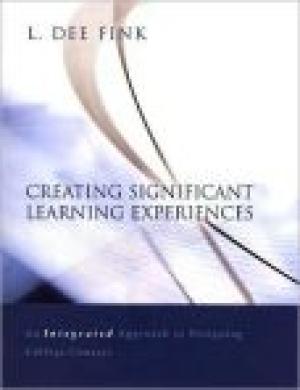
"When I read this book it was like starting over as a teacher. I had been convinced of the importance of the flipped classroom, but not until Fink’s approach did I see how the various components of my courses—the goals and outcomes, assignments, learning activities, and evaluation—need to be aligned and integrated in a coherent way. For too long these connections were implicit and students had to figure out how it all made sense.  At the beginning of every semester, I pull Fink off the shelf and do a few of the exercises to make sure my courses are ready to go. I strongly recommend you do the same." Kathleen Cahalan, St. John's School of Theology and Seminary Offering methods for improving teaching practices in higher education, Fink challenges educators to shift from the content-oriented "information dump" approach toward one that is learning-centered. Fink outlines his taxonomy of significant learning and shows how to combine new and traditional techniques to create powerful learning experiences. (From the Publisher)
Provides 30 practical ideas for the improvement of instruction based on critical thinking concepts and tools. It builds on, and goes beyond, the ideas in the mini-guide Active and Cooperative Learning. It cultivates student learning encouraged in the How to Study and Learn mini-guide. (From the Publisher)

Faculty and students alike have become so accustomed to meeting in spaces that are sterile in appearance, unable to accommodate different instructional approaches, and uncomfortable in supporting adult bodies that most have taken these conditions as a fact of college life. The lack of extensive dialogue on the importance of learning spaces in higher education environments prompted the essays in this volume. The chapter authors look at the topic of learning spaces from a variety of perspectives, elaborating on the relationship between physical space and learning, arguing for an expanded notion of the concept of learning spaces and furnishings, talking about the context within which decision making for learning spaces takes place, and discussing promising approaches to the renovation of old learning spaces and the construction of new ones. This volume is also augmented with a Web site that contains diagrams, virtual tours, additional documents pertaining to learning space design, and links to other relevant sites. (From the Publisher)
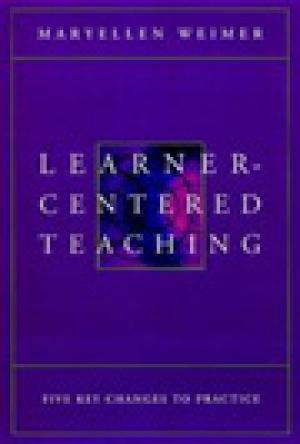
In this much needed resource, Maryellen Weimer-one of the nation's most highly regarded authorities on effective college teaching-offers a comprehensive work on the topic of learner-centered teaching in the college and university classroom. As the author explains, learner-centered teaching focuses attention on what the student is learning, how the student is learning, the conditions under which the student is learning, whether the student is retaining and applying the learning, and how current learning positions the student for future learning. To help educators accomplish the goals of learner-centered teaching, this important book presents the meaning, practice, and ramifications of the learner-centered approach, and how this approach transforms the college classroom environment. Learner-Centered Teaching shows how to tie teaching and curriculum to the process and objectives of learning rather than to the content delivery alone. (From the Publisher)
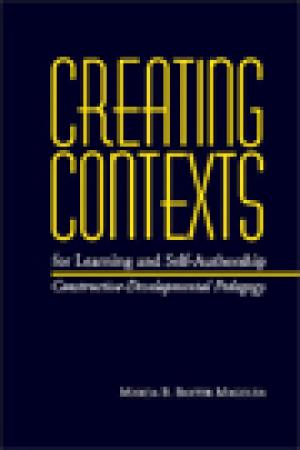
An insightful approach to improving the process of education. (From the Publisher)
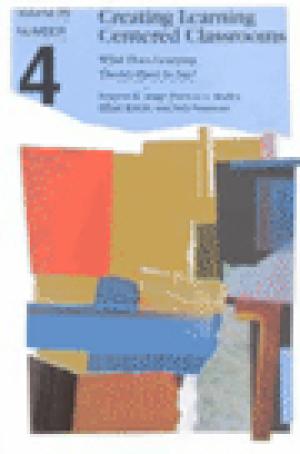
Reviews research and theories on college student learning. Examines attribution theory, self-efficacy in students, social constructivism, and Freire's theory of conscientization. Also explores theories that support or refute popular assumptions about college classrooms. (From the Publisher)
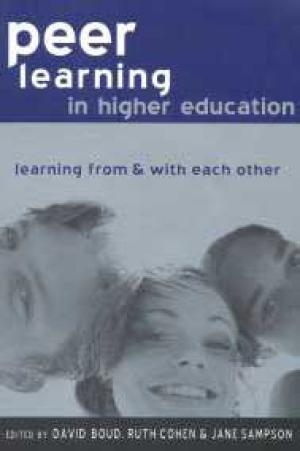
Peer learning, where students support each others learning, is for many one of the most effective and natural forms of learning. It can form one of the most essential and satisfying parts of a student's higher education experience. As a key developing technique in higher education this book will meet the needs of many who are interested in developing a more formal approach to peer learning in their own work. The book discusses practical methods of developing more effective learning through the systematic implementation of peer learning approaches. It draws on the direct experience of the authors in their own classes across a range of disciplines. While the emphasis is on higher education, many of the ideas can be applied more widely to further education and professional learning. Key issues addressed include: What is peer learning and what is it good for? What are the design and class management issues that need addressing? How best can peer learning be introduced and fostered? What issues need to be considered by teachers and students? What are the implications for assessment? (From the Publisher)
African American leaders and thinkers, as represented by such figures as W. E. B. DuBois and Carter G. Woodson, have historically dedicated themselves to winning the struggle against racism and a racialized social order and improving the quality of life for the African American masses. Postmodern African American scholars have continued this tradition of scholar-activism in supporting the reconceptualization of U.S. society as multicultural. The varying approaches to multiculturalism and the contributions of critical theory and feminist theories are influencing the thinking of contemporary African American educators as they face the future of education. In the postindustrial and postmodern American society of the twenty-first century, the most critical educational struggle for people of color will be for control over the academic, intellectual, and political development of their children. The emergence of a global U.S. society from the Afro-Judeo-Christian popular culture is being born out of the challenge to reconfigure the dominant realms of truth and rational knowledge.
Discusses the fact that despite a decade of changing ideas about student learning and instruction based on learner-centered education, most faculty still rely on lectures. Identifies individual and group dynamics that impede collaborative learning, considers the moral base of collaborative learning, and offers some guiding principles of growth-oriented learning.
Ask yourself key questions about the proposed group activity, be certain that the activity furthers course objects, allow for team building, encourage students to monitor group processing, promote individual accountability, etc.